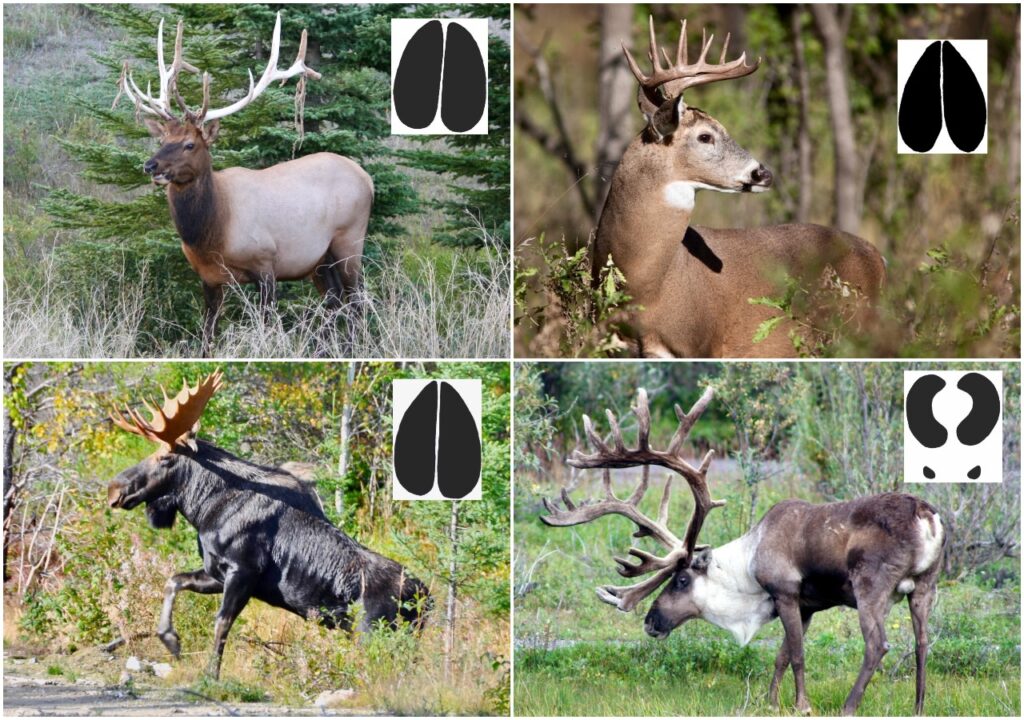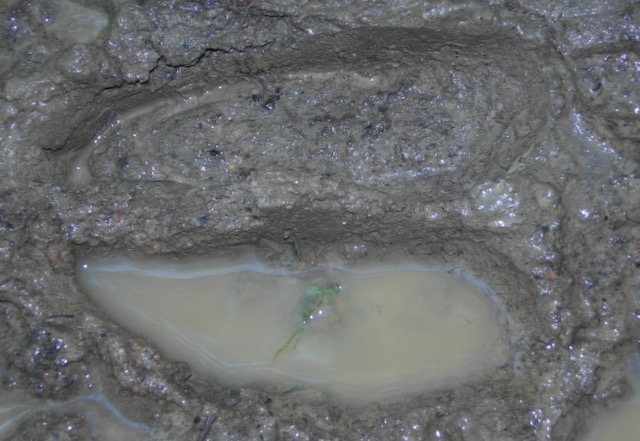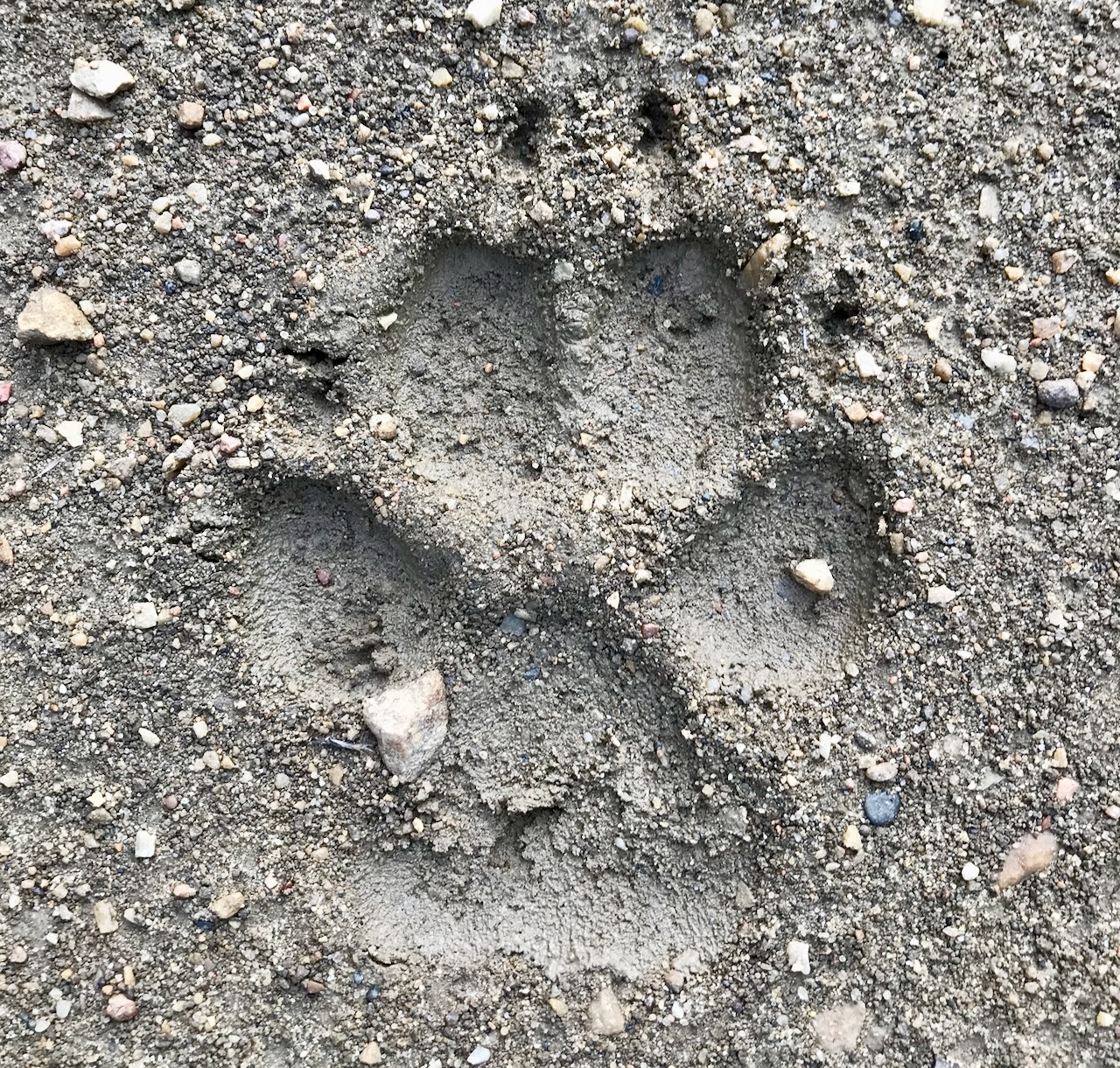SCAT TRACK FEVER
Fresh sign can sure get your heart pumping, especially when you know exactly what you’re looking at. Get an edge by properly reading predator and prey tracks and scat
Advertisement

UNGULATE TRACKS
Unless you find perfect imprints in mud, wet sand or snow, tracks are rarely well defined, but there are some general characteristics to look for. With ungulates, the tracks can be divided into two general groups: Deer, moose, elk, pronghorn and, to some extent, wild sheep tracks have a distinct upside-down heart shape, while caribou and muskox tracks are more rounded.
With heart-shaped tracks, the direction of travel is straightforward—the narrow end of the heart points in the direction the animal was moving. Splayed hoofprints can look different, but imagine the two halves together and you’ll easily recognize the heart shape.
Advertisement
Round tracks are a bit trickier, but with some evaluation you can also determine which way the animal was headed. In many situations, for example, dirt, sand, snow or even grass may be kicked up opposite to the direction of travel, particularly if the animal was trotting or running. And if smaller dewclaw imprints are present at the rear of the track, that also tells you which way the animal was headed.
The one constant with all hoofed game in Canada is that mature bucks and bulls generally leave behind wider and longer tracks than their female counterparts. Likewise, fawns and calves make smaller tracks than adults, often half the size or less. With a little practice, savvy hunters can learn to recognize whether the tracks were made by males, females or young animals.

If your quest is for a trophy-class male of your target species, there are even more characteristics to watch for to help narrow your search. Take the white-tailed deer, for example, the most commonly hunted big-game animal in North America. The average track of a bigger-bodied northern whitetail measures just over three inches in length, but if you find four- to five-inch-long tracks and sizeable dewclaw marks, you may be on to a potential trophy.
Advertisement
While there are subtle differences between whitetail and mule deer tracks, it can be challenging to differentiate between the two in most cases. When it’s unclear, consider instead other factors, such as where you are hunting. Is it predominantly whitetail habitat, or a mule deer area?
Also pay attention to the stride length of the tracks. Both mature bucks and bulls will have a longer stride than females, and they’ll frequently drag their hooves in the sand or snow. Stride length can be a subjective measurement, however, based mostly on whether the animal was walking slowly, trotting or at a full run. Find large tracks with clearly imprinted dewclaw marks and you may be on to a trophy-class animal, especially if there are also drag marks.
In general, tracks made by female whitetails seldom show the dewclaw imprints. And unless the snow is deep, a doe will rarely drag her hoofs, at least not to the same extent as big males. As for larger members of the deer family, such as elk and moose, dewclaw marks may be evident in cow tracks, though less pronounced than those made by a bull.

